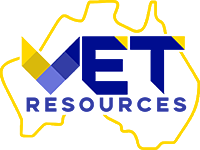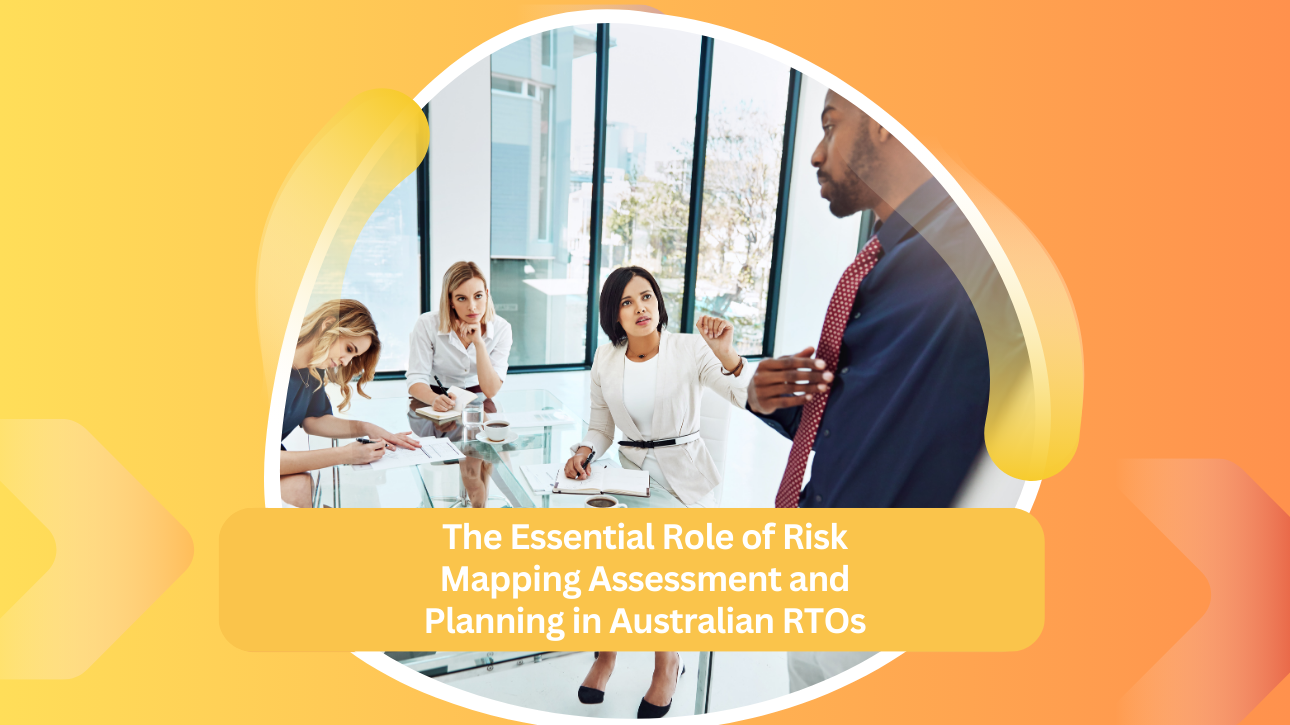Introduction
Flooding, a common yet costly disaster, often changes due to new buildings, weather, and other factors. The Federal Emergency Management Agency (FEMA), through its Risk Mapping, Assessment, and Planning (Risk MAP) program, works with various partners to identify and lessen flood risk. This program is key for planning and making smart decisions to reduce flood damage. Risk MAP does not just create maps; it is a complete plan to understand and lower the dangers of flood hazards.
Risk MAP gives communities important flood information and risk assessment tools. It helps local areas improve their hazard mitigation plans with accurate flood mapping products and flood risk data. By doing a risk assessment, sometimes called risk analysis or risk mapping, places can determine which risks are most important based on how likely they are to happen and how bad they could be. This careful planning, backed by Risk MAP’s detailed analysis and maps, helps communities make smart choices to protect people and buildings from flood hazards and prepare for higher sea levels and climate change
The Impact of Risk MAP on Australian RTOs
Benefits of Risk MAP for RTOs:

- Enhanced Safety: RTOs can better protect students and staff by understanding flood risks.
- Improved Compliance: Aligns with regulations the Australian Skills Quality Authority (ASQA)
- Informed Decision Making: Access to flood risk data aids in strategic planning and infrastructure development.
- Community Trust: Demonstrates a commitment to safety and preparedness, building stakeholder confidence.
Implementing Risk MAP in RTO Strategy
Steps for Effective Planning and Action:
- Risk Identification: Using Risk MAP tools to pinpoint potential flood hazards.
- Risk Analysis: Assessing the severity and probability of identified risks.
- Action Planning: Developing strategies to mitigate identified risks.
- Community Collaboration: Engaging with local authorities and stakeholders for a unified approach.
Exploring Risk MAP Projects
Types of Risk MAP Projects:
- Flood Insurance Rate Maps (FIRMs): Understanding insurance requirements and flood zones is essential.
- Digital Flood Insurance Rate Maps (DFIRMs): Provide a more accessible, digital format of flood risk information.
- Flood Risk Reports: Detailed documents outlining specific flood risks in an area.
Implementing Risk MAP in RTO Strategy
Steps for Effective Planning and Action:
- Risk Identification: Using Risk MAP tools to pinpoint potential flood hazards.
- Risk Analysis: Assessing the severity and probability of identified risks.
- Action Planning: Developing strategies to mitigate identified risks.
- Community Collaboration: Engaging with local authorities and stakeholders for a unified approach.
Exploring Risk MAP Projects
Types of Risk MAP Projects:
- Flood Insurance Rate Maps (FIRMs): Understanding insurance requirements and flood zones is essential.
- Digital Flood Insurance Rate Maps (DFIRMs): Provide a more accessible, digital format of flood risk information.
- Flood Risk Reports: Detailed documents outlining specific flood risks in an area.
The Vision and Solution of the Risk MAP Program
Risk MAP Vision:

- Community Resilience: Enhancing the ability of communities to withstand and recover from flood hazards.
- Informed Decision-Making: Providing accurate flood risk information to guide planning and development.
- Collaborative Approach: Encouraging partnership between federal emergency management, state, and local entities.
Risk MAP Solutions:
- Flood Risk Data: Offering comprehensive data to understand and prepare for flood risks.
- Planning and Outreach Support: Assisting communities in developing effective disaster recovery plans.
- Technology Integration: Using digital elevation data and flood insurance rate maps for precise risk assessment.
Comprehensive Guide to Risk Assessment
Purpose and Necessity of Risk Assessment:
- Identifying Potential Hazards: Recognizing various flood hazards and natural disasters.
- Evaluating Impact: Assessing the potential consequences on communities and infrastructure.
- Prioritizing Risks: Determining which risks need immediate attention based on severity and likelihood.
Who Should Conduct Risk Assessments:
- Emergency Management Professionals: Experts in handling and preparing for disasters.
- Local Government Officials: Responsible for community safety and infrastructure.
- RTO Administrators: Ensuring the safety of educational facilities and compliance with national flood insurance
Utilizing the Risk Assessment Template
Risk Levels Identified in the Template:
- Difficult Risks: High-impact, low-probability events like major floods.
- Critical Risks: High-impact, high-probability events crucial for immediate action.
- Minor Risks: Lower impact but may require monitoring and preventive measures.
- Routine Risks: Common, low-impact risks that need standard management practices.
Customizing the Template for RTO Needs:
- Adaptation for Local Context: Tailoring the template to reflect specific flood hazard areas and flood risk information relevant to the RTO’s location.
- Incorporating Community Input: Engaging with group of people like staff, students, and local emergency management agency for comprehensive risk assessment.
- Alignment with Regulatory Requirements: Ensuring the template meets the national flood insurance program standards and federal emergency management agency
Conducting a Risk Assessment Activity
Step-by-Step Process:

- Gathering Information: Collect flood risk data and flood hazard mapping relevant to the RTO’s location.
- Risk Identification: Pinpointing specific risks using flood risk analysis and risk assessment tools.
- Risk Evaluation: Assessing the likelihood and impact of identified risks, including flood insurance rate
- Prioritization: Ranking risks based on severity and probability, focusing on special flood hazard areas and flood insurance coverage
Best Practices for Australian RTOs:
- Engaging Stakeholders: Involving staff, students, and local emergency management professionals in the risk assessment process.
- Regular Updates: Keeping the risk assessment current with changing flood map modernization and climate change
- Comprehensive Documentation: Maintaining detailed records of the risk assessment activity, including digital flood insurance rate maps and flood risk reports.
Conclusion
Summarizing the Importance of Risk MAP:
- Enhanced Preparedness: Emphasizing how Risk MAP aids in readying RTOs for flood hazards and natural disasters.
- Informed Decision-Making: Highlighting the role of flood risk data and risk assessment tools in strategic planning.
- Community Safety: Stressing the importance of Risk MAP in protecting students, staff, and infrastructure in special flood hazard areas.
Future Outlook for Risk Management in RTOs:
- Adapting to Climate Change: Recognizing the growing need for RTOs to prepare for the impact of climate change and higher sea levels.
- Technological Advancements: Anticipating the integration of more advanced flood risk analysis tools and digital elevation data.
- Ongoing Collaboration: Encouraging continued partnership with federal emergency management, local authorities, and emergency management professionals.
Call to Action:
- Explore VET Resources: We strongly endorse using Vocational Education and Training (VET) resources for comprehensive learning and training in risk management. VET resources offer practical, up-to-date knowledge and skills crucial for effectively managing risks in RTOs.
- Stay Informed and Prepared: Utilize these valuable resources to stay ahead in risk management practices, ensuring your RTO is well-equipped to handle the challenges of flood risks and natural disasters.
Frequently Asked Questions (FAQs)
- What is the FEMA Risk MAP program?
- FEMA’s Risk MAP provides communities with flood maps, risk assessment data, and planning tools to help reduce flood risk and enhance mitigation efforts.
- How does flood risk mapping benefit an RTO?
- A flood risk map helps RTOs identify at-risk areas, plan for potential flooding events, and implement strategies to mitigate these risks, ensuring safety and compliance.
- What are qualitative risk assessments in the context of Risk MAP?
- Qualitative risk assessments involve evaluating the potential impact and likelihood of flood risks without numerical data, focusing more on descriptive analysis based on flood hazard data.
- How is flood hazard data utilized in risk assessment?
- Flood hazard data is crucial in identifying areas prone to flooding, understanding base flood elevations, and informing decisions on infrastructure development and emergency preparedness.
- Can Risk MAP assist in hazard mitigation analysis for coastal areas?
- Yes, Risk MAP includes hazard mitigation analysis tools that are particularly useful for areas near the Pacific Ocean coast, helping in planning for flood map changes and the potential impact of climate change.
- How often are flood maps updated, and why?
- Flood map changes are made periodically to reflect new data, environmental changes, and urban development, ensuring the national flood hazard layer remains accurate and up-to-date.
- What industries can benefit from utilizing the Risk MAP program?
- Various types of industry, especially those in flood-prone areas or involved in infrastructure and community planning, can benefit from Risk MAP for risk assessment and mitigation planning.
- How does public opinion influence Risk MAP initiatives?
- The opinions of others, especially local communities, and stakeholders, play a significant role in shaping Risk MAP initiatives, as community engagement is key to effective risk management and planning.
- Are credit card details required to access Risk MAP resources?
- No, credit card details are not required. Risk MAP resources, provided by FEMA and the Washington Department of Natural Resources, are generally available for public access to aid in risk assessment and planning.
- How do flood insurance policies relate to the national flood hazard layer?
- Flood insurance policies are often based on the national flood hazard layer, which indicates areas of varying flood risk. This layer helps determine insurance requirements and premiums for properties in different flood zones.
Disclaimer:
The information presented on the VET Resources blog is for general guidance only. While we strive for accuracy, we cannot guarantee the completeness or timeliness of the information. VET Resources is not responsible for any errors or omissions, or for the results obtained from the use of this information. Always consult a professional for advice tailored to your circumstances.







